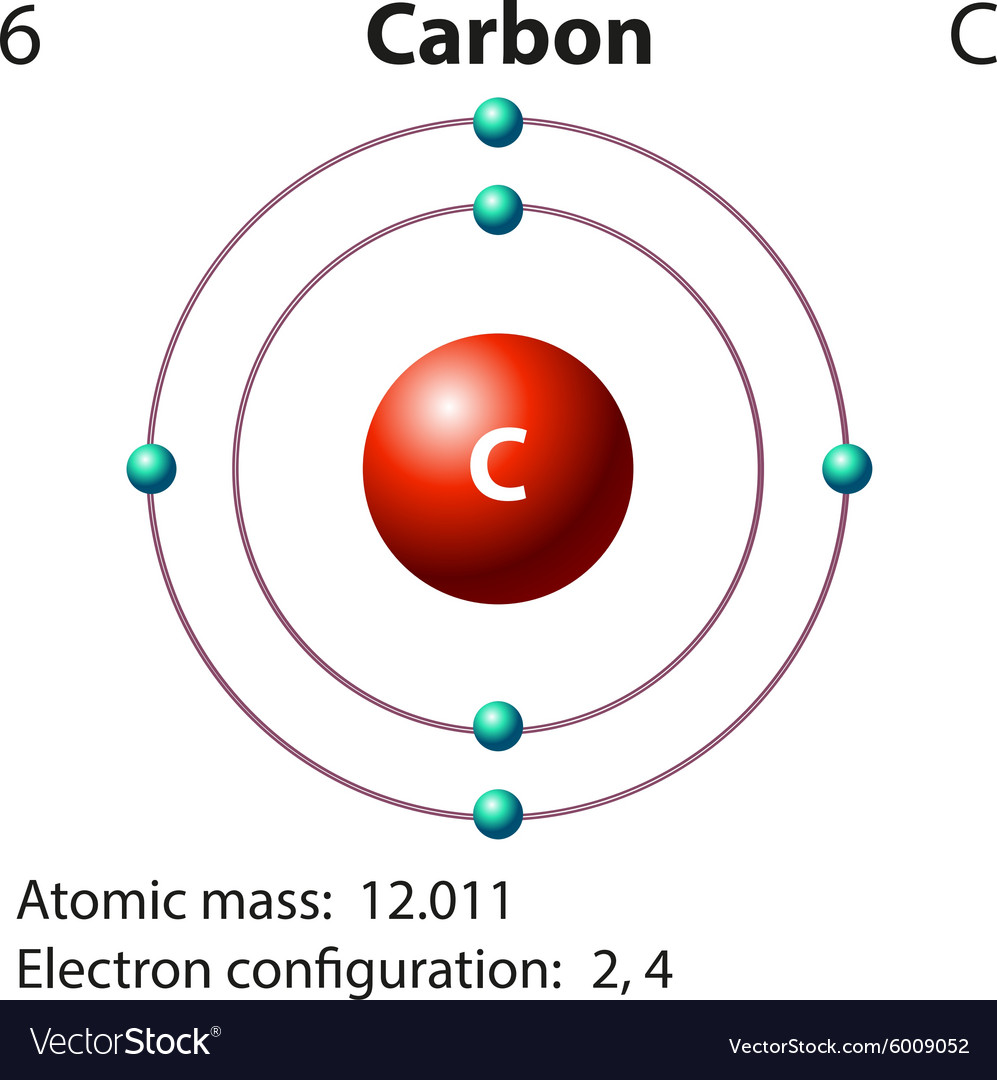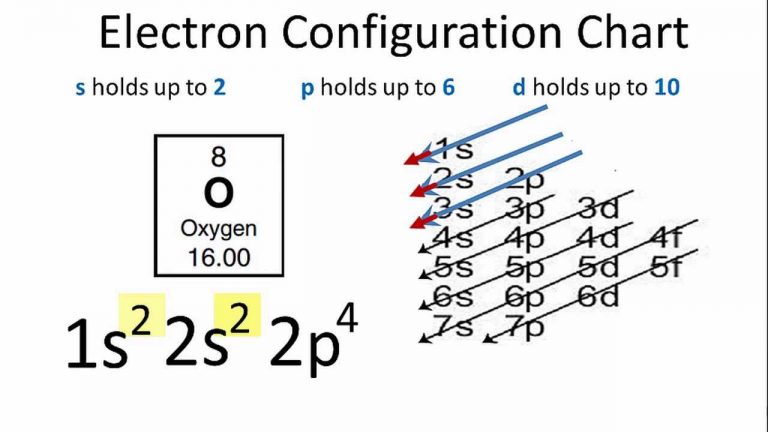
The various subshells which are found in the various shells. Us the types of orbitals which can be found in And an orbital is a description of that, where is it more or

In a previous video, we've introduced ourselves to the idea of an orbital, that electrons don't just orbit a nucleus the way that a planet might orbit a star, but really, in order to describe where an electron is atĪny given point in time, we're really thinking about probabilities, where it's more likely to be found and less likely to be found. This means that we have a total of 8 electrons in the 2nd energy level (2 from the s subshell, and 6 from the p subshell).Īs you go further, you will get practice with identifying and conceptualizing electron configuration. In every p subshell there are 3 p orbitals. In the 2nd energy level, we have a p subshell in addition to the s subshell. This specific type of orbital is called the s orbital, and we have 1 s orbital for every s subshell. In the 1st energy level, we have 1 subshell, which basically means we have 1 type of orbital. Each orbital then has 2 electrons, which are said to have different and opposite spins. Finally, within each subshell there are individual orbitals referencing a specific region of space around the atom's nucleus. We can organize these electrons into different subshells based upon the shape of the region they occupy. The pattern that we observe results in 3 classifications as follows (there are other considerations that you will learn about later as well).Ī Shell / Energy Level is a region or set of regions that have the same energy.Īlthough we cannot predict the exact location of the electrons at any time, we can map out the regions of space that they occupy. This pattern continues, but it starts to get more complicated with the inclusion of the d subshell and the transition metal elements beginning after calcium.Īs electrons are added to the space around the atom's nucleus they are arranged in a way as to minimize repulsions. The second electron shell is composed of an s and p subshell which has 4 orbitals altogether which is why period 2 element's valence shell holds 8 electrons. The first shell only has an s subshell which means it only has 1 orbital which is why period 1 elements valence shell only holds 2 electrons. An individual orbital can hold a maximum of 2 electrons.Įach electron shell has a certain amount of subshells (and therefore orbitals and therefore electrons it can hold). s subshells have 1 orbital, p has 3, d has 5, and f has 7. These subshells are themselves composed of orbitals which are the specific orbits of the electrons and each subshell has a certain number of orbitals. And we use the letters s, p, d, and f for subshells. The subshells which compose electron shells describe the general shape of electron's orbit around the nucleus. Electron shells are divided into subshells, which are further divided into orbitals. This is a decent starting point, but later you learn in chemistry that the placement of electrons is more complicated than this. And so if I'm understanding it correctly. Elements in period 2 (building on the previous 2 electrons) need 8 more electrons to fill the second electron shell which is their valence shell. So elements in period 1 (hydrogen and helium) need 2 electrons to fill their valence shell.

In keeping with convention, the unpaired electrons are drawn as "spin-up", which gives (Figure 1).So you're 2,8,8,2 rule looks like it shows the maximum amount of valence electrons elements can have in a period up to atomic number 20 (calcium). Hund's rule also stipulates that all of the unpaired electrons must have the same spin.

Therefore, two p orbital get one electron and one will have two electrons. According to Hund’s rule, all orbitals will be singly occupied before any is doubly occupied. That leaves 4 electrons, which must be placed in the 2p orbitals. To draw the orbital diagram, begin with the following observations: the first two electrons will pair up in the 1s orbital the next two electrons will pair up in the 2s orbital. The electron configuration can be written as 1s 22s 22p 4.

\): Carbon and OxygenĬonsider the electron configuration for carbon atoms: 1s 22s 22p 2: The two 2s electrons will occupy the same orbital, whereas the two 2p electrons will be in different orbital (and aligned the same direction) in accordance with Hund's rule.Ĭonsider also the electron configuration of oxygen.


 0 kommentar(er)
0 kommentar(er)
